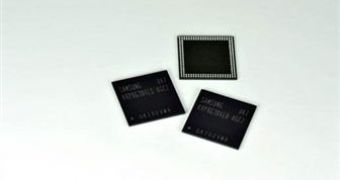Until recently, the big concern on the memory market was that demand would not pick up fast enough, but it looks like worries have dramatically changed after recent events, particularly a certain natural disaster.
The past several months have seen the memory chip market going through a very unfortunate phenomenon, as far as suppliers and manufacturers go at least.
While consumers probably delighted in dropping prices, the fact was that contract quotes for DRAM chips plummeted continuously.
Spot prices only started rising about two weeks ago, immediately after the disaster that hit Japan on March 11 and which damaged a nuclear power plant, besides claiming the lives of over 18,000 people.
Another thing that the earthquake and tsunami accomplished was shutting down multiple manufacturing facilities.
This led to disruption to the supply chain on several levels of the worldwide IT industry, and it looks like the DRAM market itself will suffer, although it may be more of a delayed consequence.
Apparently, while the short term effect was a mild recovery in spot prices, something viewed as positive from a financial standpoint, July is likely to spell trouble.
Samsung Electronics, for instance, which is basically the leading figure of the DRAM industry, boosted the prices of memory sold to PC vendors, prompting others to do the same.
It is this that will act as the cause behind the likely uplifting of contract quotes from April through June.
Basically, PC OEMs started to build inventories, in order to avoid any shortages caused by problematic supply of raw materials.
Currently, the replenishment of blank wafer supply, among other things, has been interrupted, this being the main cause for these worries.
Basically, if this interruption lasts too long, DRAM makers will have large enough issues with upstream material supply that their output will be reduced by 50% starting July.

 14 DAY TRIAL //
14 DAY TRIAL //